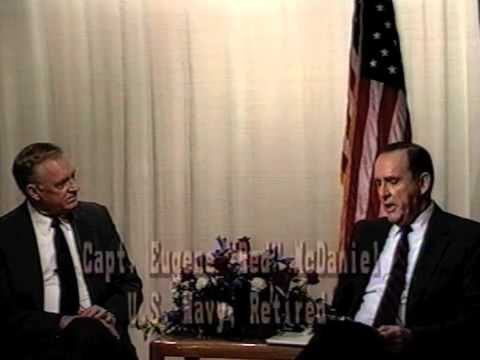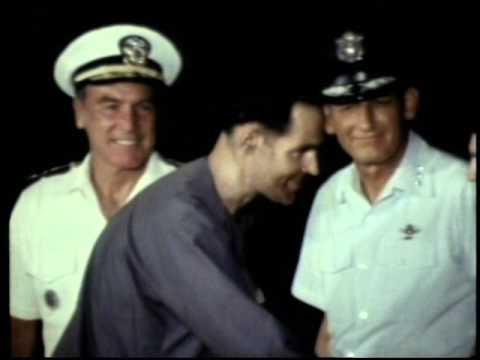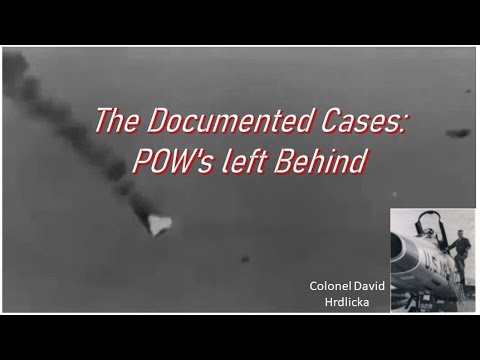
John Fer Vietnam POW – Interview
Vietnam POW John Fer shares stories and insight based on his shoot-down, evasion, capture, interrogation, and internment in the Hanoi Hilton for 73 months. He was John McCain’s cellmate. Produced by Jarel and Betty Wheaton for Peninsula Seniors www.pvseniors.org





